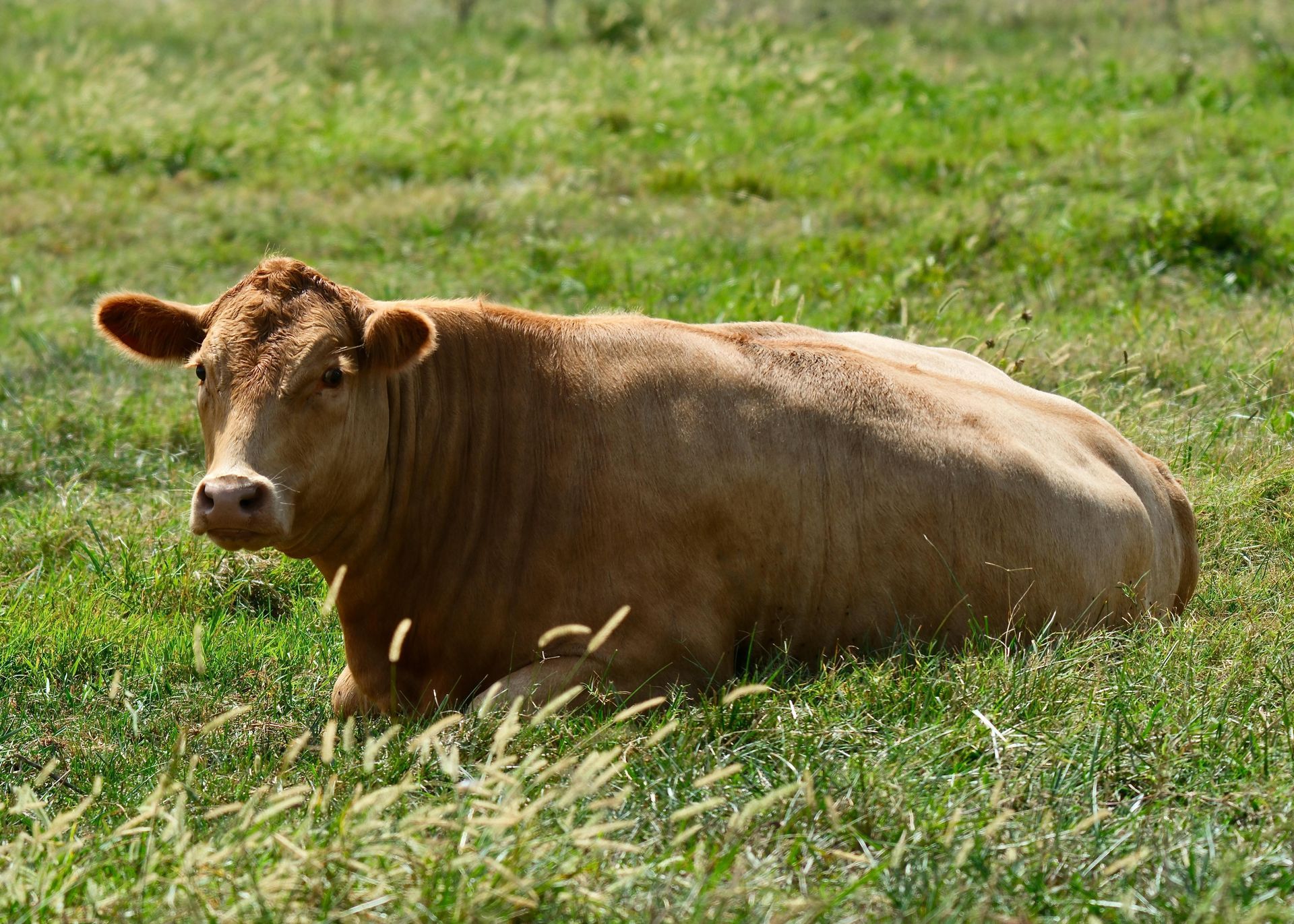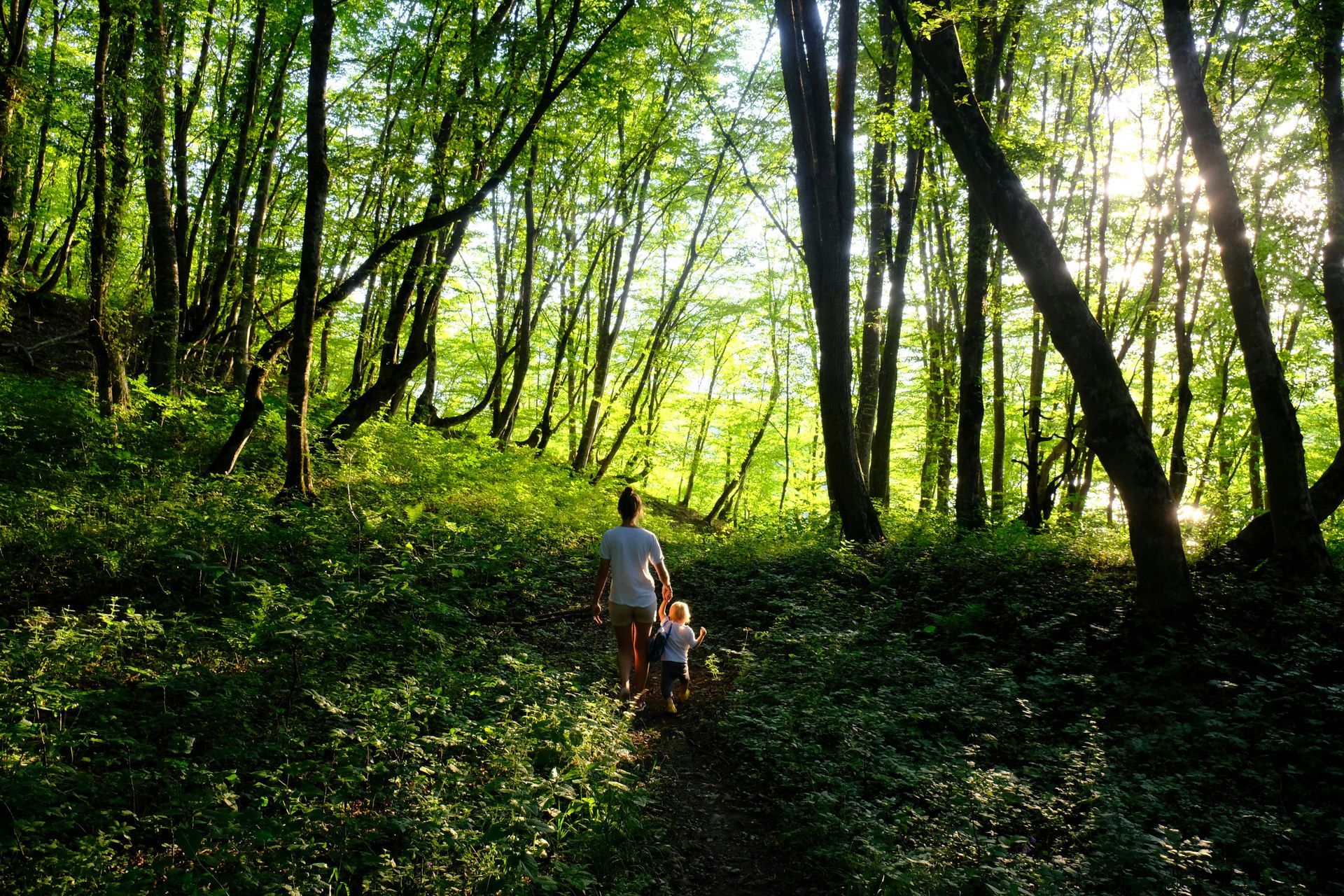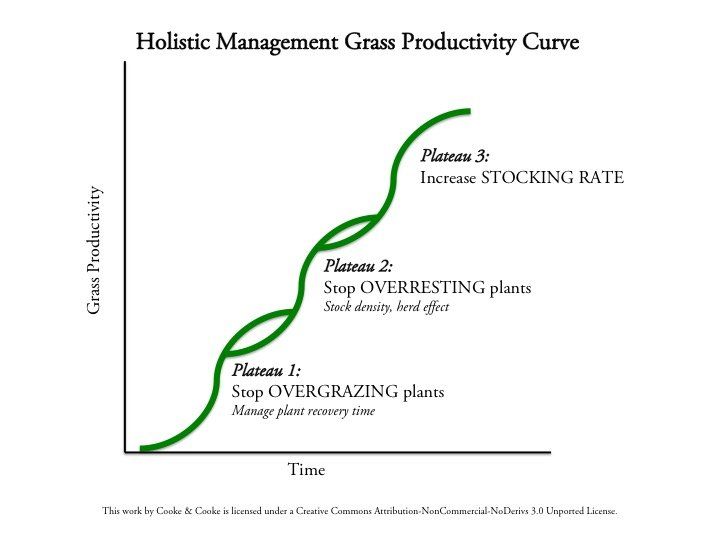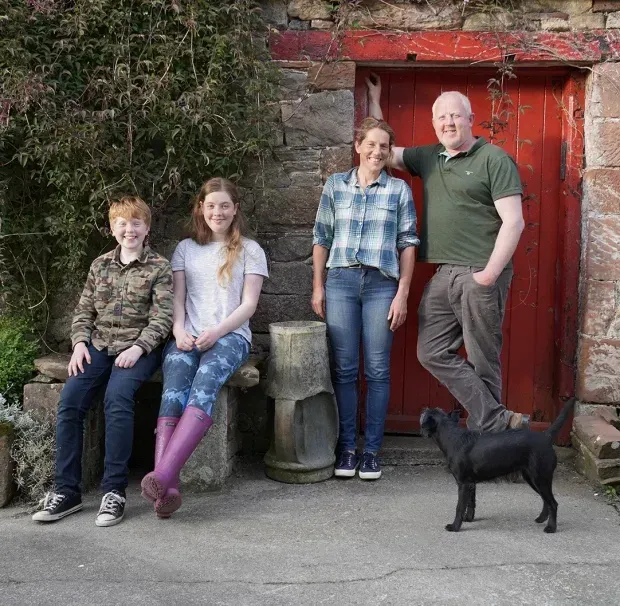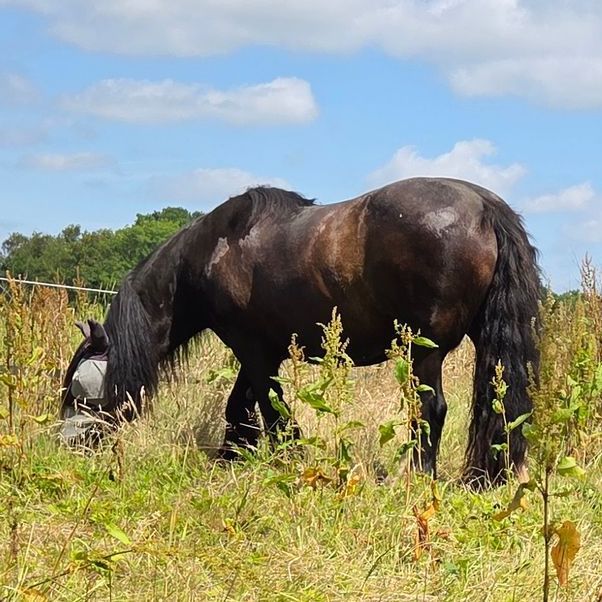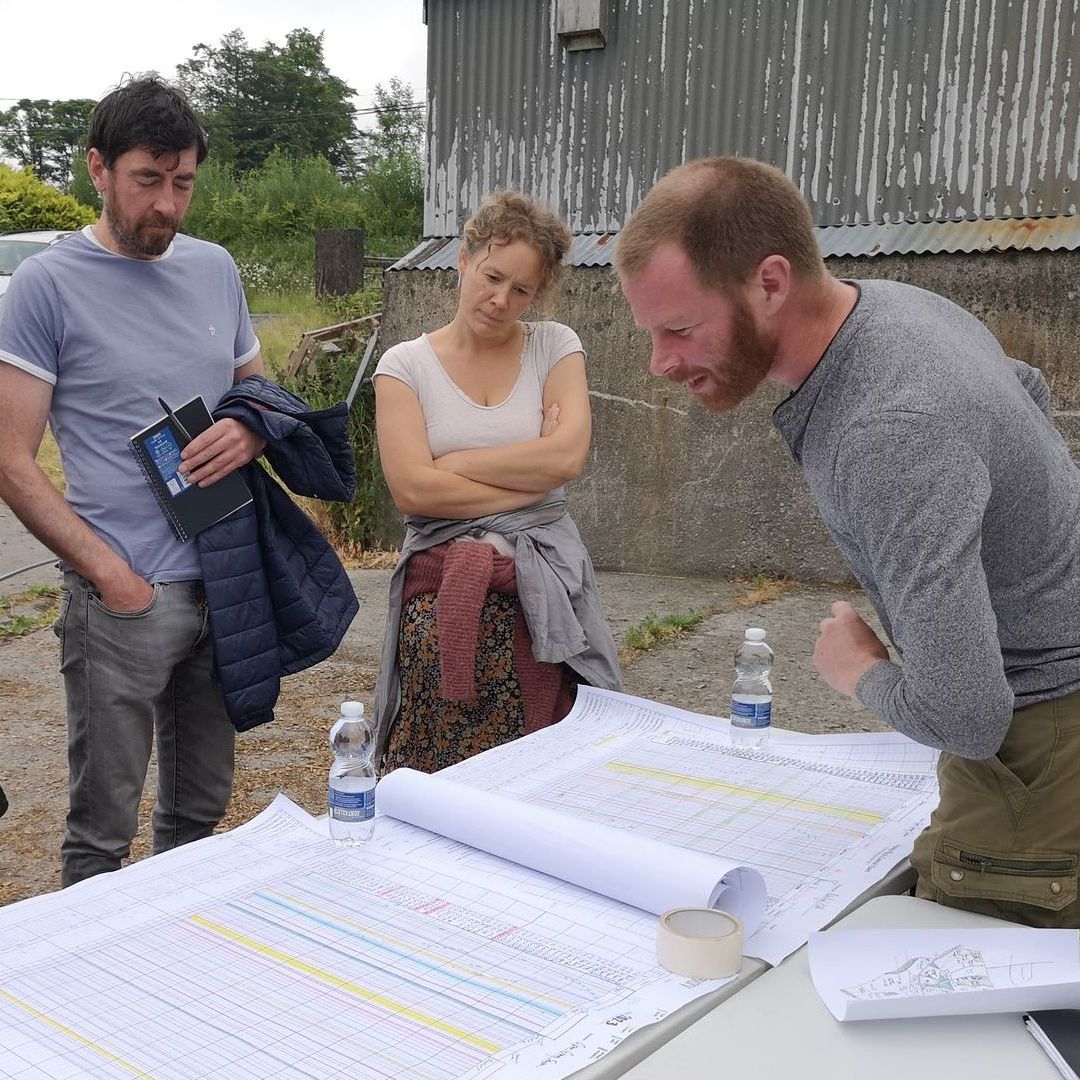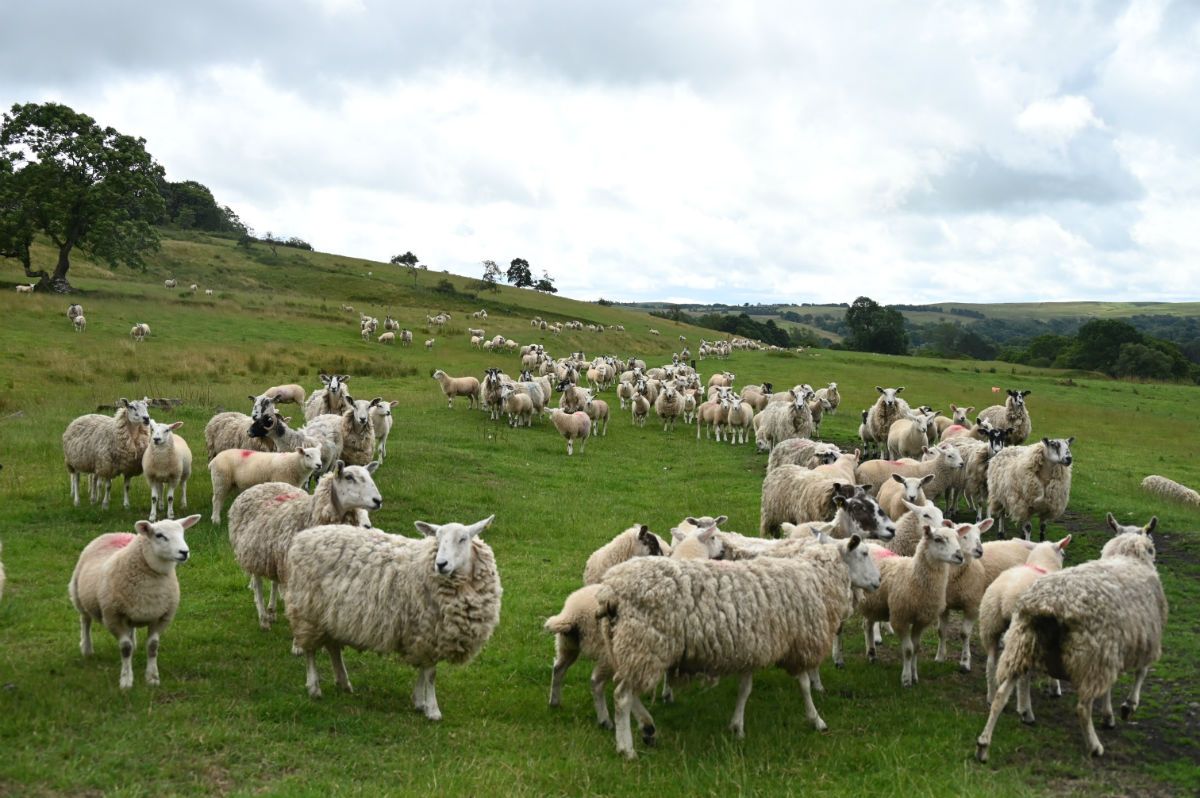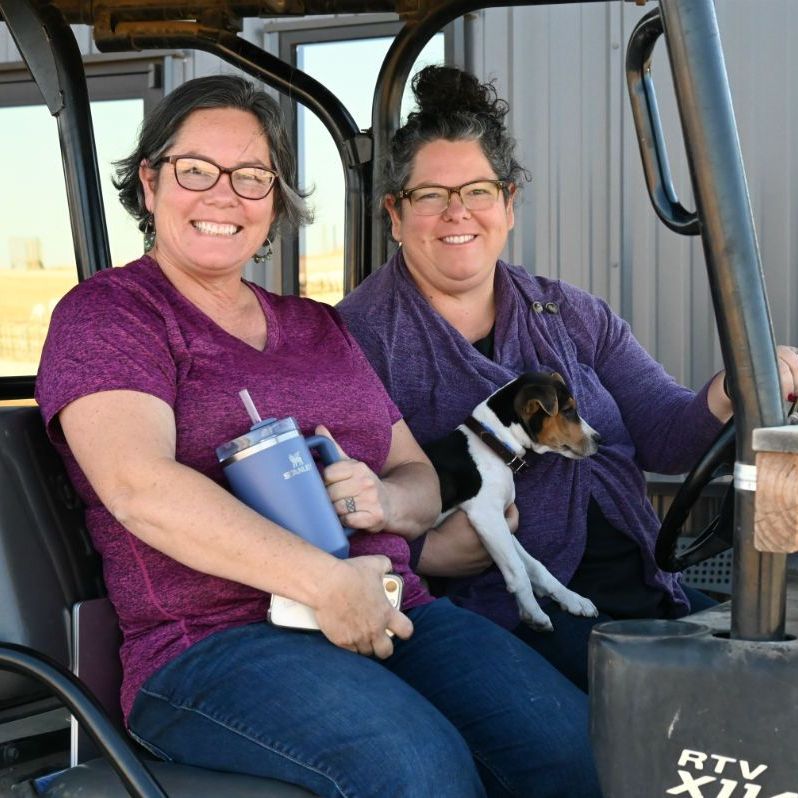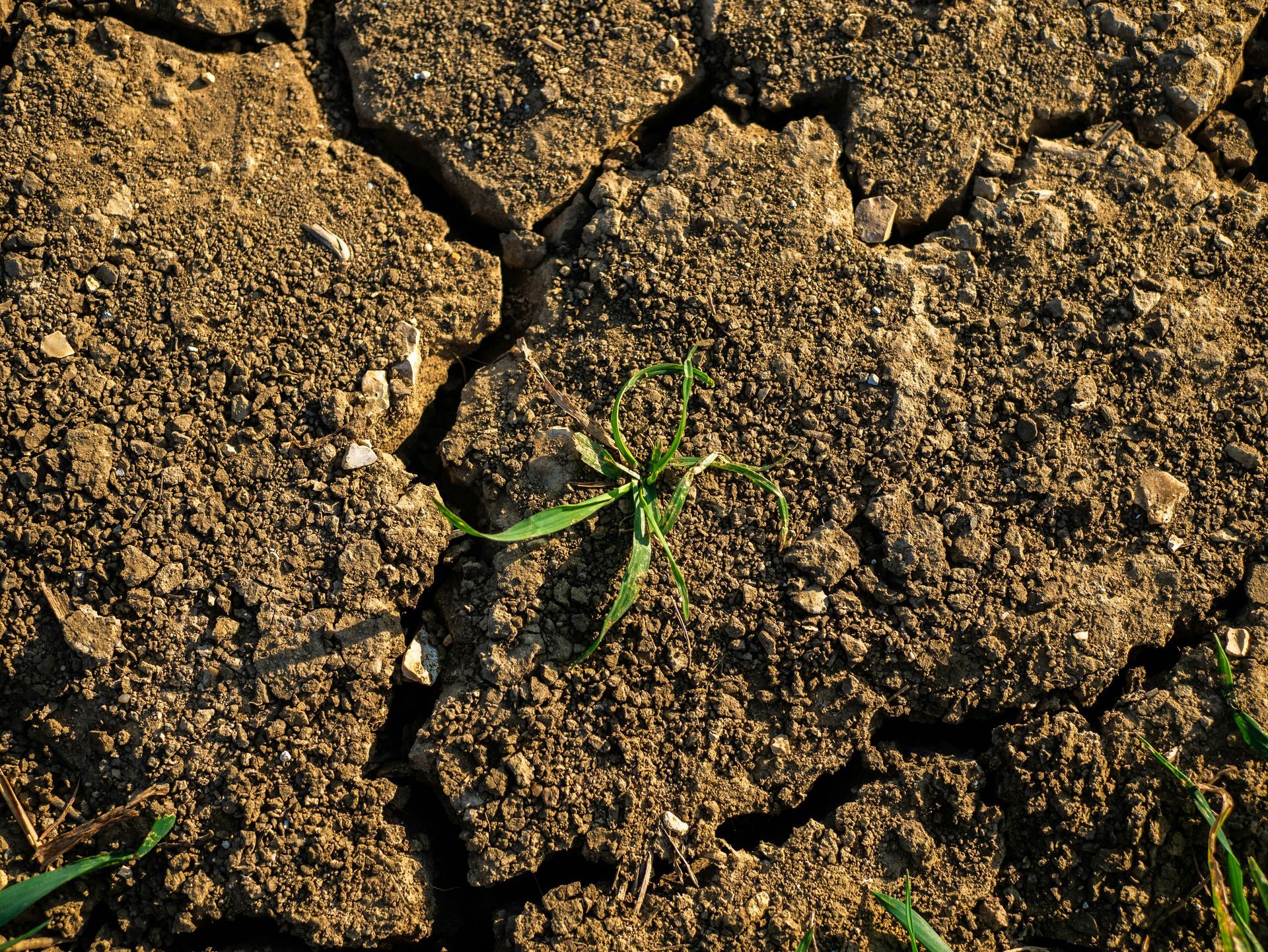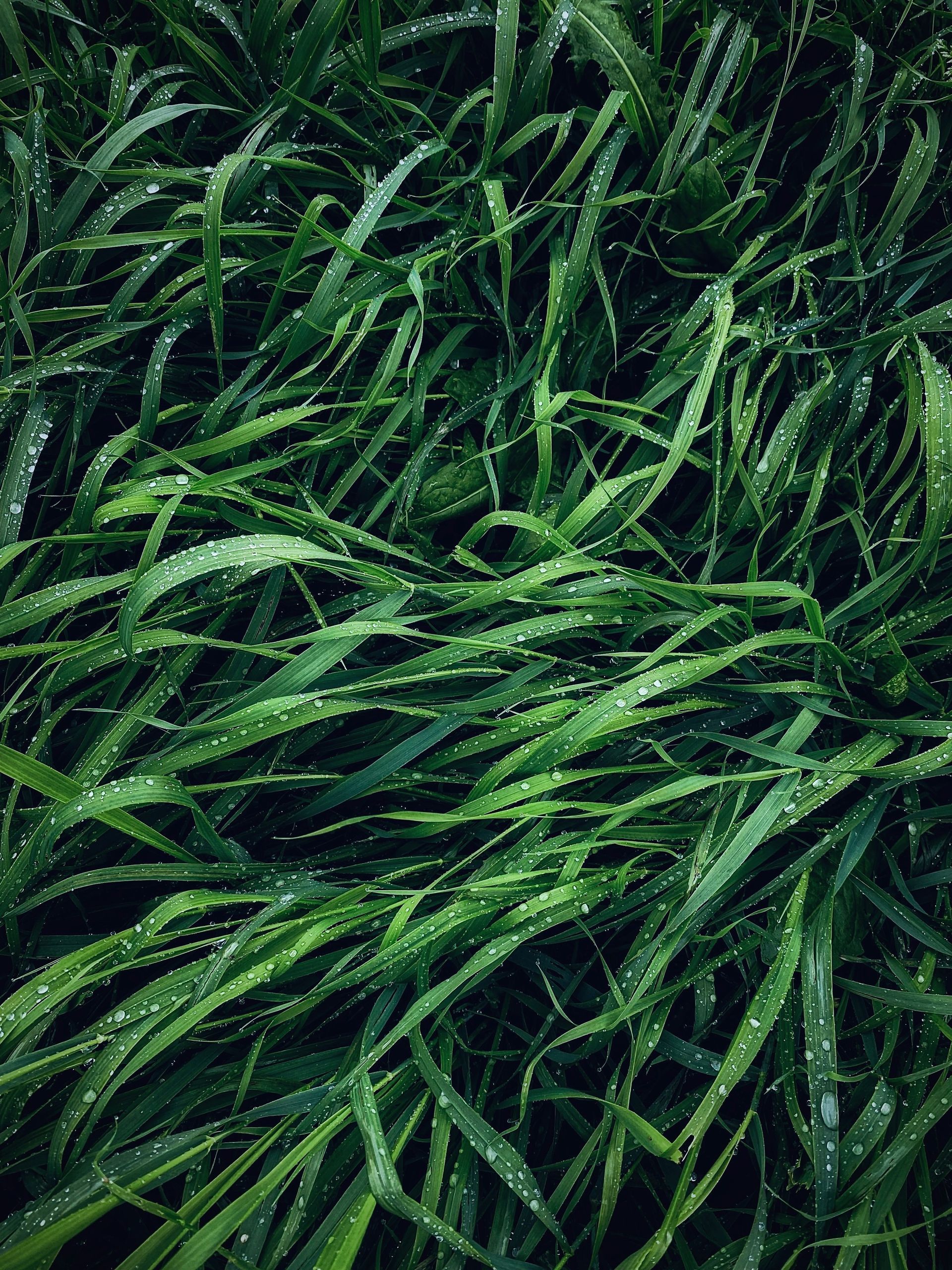Three Keys to Grass Growth
It is possible to increase grass productivity by 200 to 400% by following the principles outlined in this article.
I meet so many ranchers who, bless them, are absolutely happy with what they are doing. And that’s okay for them. But I know if it were my ranch I could push it twice as far.
So many ranchers get started, go to training and plan their grazing, and as they begin to move their animals they stop overgrazing plants. You get an improvement of the land if you stop overgrazing plants, but if you do not stop the excessive resting of the land, you get an improvement and then it plateaus and just stays like that.
Now the rancher I was just talking about [who increased productivity by 400%] , when it started to plateau, we just kicked it up again further, further, further. Because we stopped the rest. We had stopped the overgrazing long ago.
— Allan Savory
The Holistic Management Grass Productivity Curve
The image above depicts three phases of productivity improvement that farmers pass through as they learn to practice holistic planned grazing.
What follows are the basic principles that enable you to continuously improve grass productivity for years to come.
Plateau 1: Stop Overgrazing Plants
First, stop the overgrazing of plants by managing for sufficient recovery time, which varies according to the time of year.
It may seem counterintuitive, but when plants are growing fast, you need to move your livestock fast to keep pace with faster recovery times. When plants are growing slowly, you need to slow down your moves to give plants sufficient recovery time.
Plateau 2: Stop Overresting Plants
Once you’ve stopped overgrazing plants, the next thing to tackle is the overresting of plants. When plants are overrested they senesce, or gradually deteriorate, severely diminishing productivity.
To avoid this, use the tools of grazing and animal impact.
Grazing. Pre-plan the movement of livestock on a grazing chart in order to optimally stimulate the regenerative rapid growth curve of plants across your entire farm.
Animal Impact. Animal impact comes in two forms — stock density and herd effect.
Use high stock density to even out the grazing of plants across the land. Combining multiple herds or flocks into one, or creating smaller paddocks using electric fencing are ways to increase stock density.
Use herd effect (excited animal behaviour) to open capped soil, and trample uneaten plants down into the soil where they can decompose and stimulate an effective mineral cycle.Don’t consider trampling to be a waste of grass. Trampled grass feeds untold wild grazers (insects and small animals) and the soil microbiome. Feeding the soil in this way prepares the land for the next wave of plant growth without the use of expensive inorganic fertilisers.
Plateau 3: Increase Stocking Rate
Once you produce more grass than your herd or flock can eat, it is essential to increase livestock numbers in order to keep up with the grass. Otherwise, plants mature and senesce.
You need sufficient numbers of animals to continuously restimulate grass growth through both grazing and animal impact. Doing so actually increases your growing season. You’ll find your growing season starts earlier in the Spring, and lasts longer into the Autumn after just one year of holistic planned grazing.
Time Rather Than Numbers Governs Overgrazing and Overtrampling
A common problem in Europe is insufficient livestock numbers to keep grass productivity high. The belief that high animal numbers lead to overgrazing and overtrampling has resulted in regulations and guidelines which put a cap on stocking rates, preventing farmers from achieving high rates of grass productivity.
Overgrazing is not caused by too many animals, but by poor management of time. Leaving animals too long in one place (as in set stock grazing), returning them too soon before plants have recovered from a previous grazing, and grazing them too early in Spring before plants recover from an Autumn grazing can all lead to overgrazing of plants.
Repeated overgrazing or overtrampling causes desirable grasses and herbs to die off, leaving bare, capped soil which is perfect habitat for plants such as docks, thistles, rushes, and bracken. These problems can be avoided through proper management of time — both grazing periods and recovery periods.
Stop Overrest by Planning Your Grazing
It sounds complicated, but multiple and even conflicting factors can be managed simultaneously by planning movements from paddock to paddock using a grazing chart and an easy to follow step-by-step procedure.
